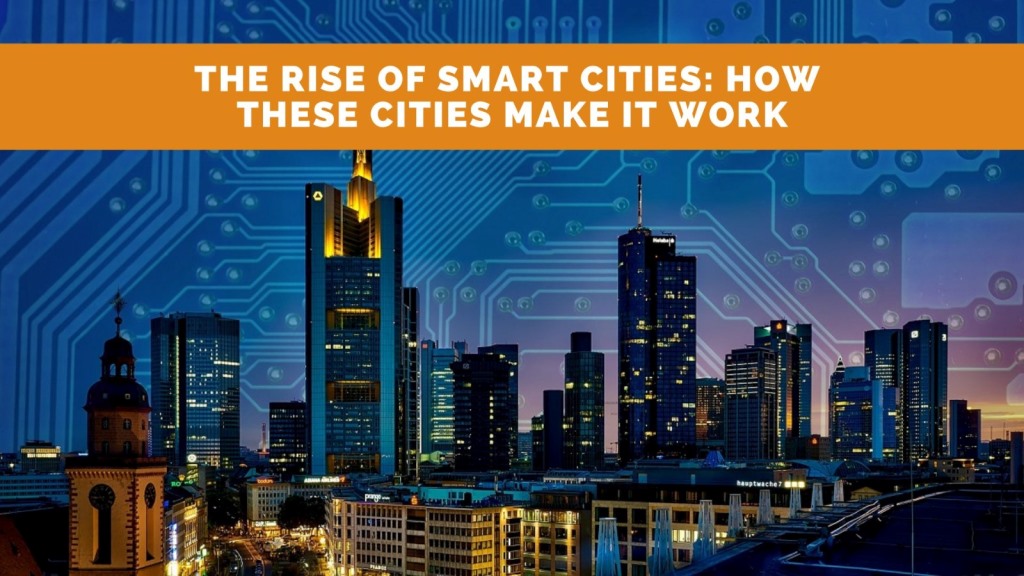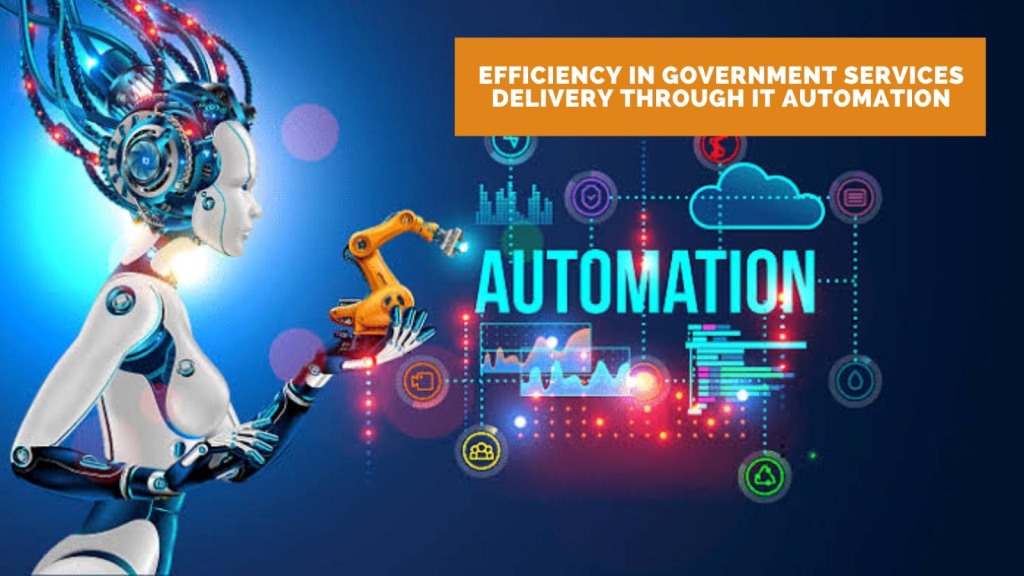The Rise of Smart Cities: How these cities make it work
Published on Aug 03, 2023

Smart cities. Open and innovative cities. Sustainable cities. Citizencentric cities… You may have heard these terms before, and they are all becoming part of the new labelling of ‘smart cities’.
The European Commission defines a smart city as more than just a buzzword…It represents a paradigm shift in the design and management of urban spaces.
By leveraging digital solutions, traditional networks and services become more efficient, benefiting both the inhabitants and businesses that call these cities home.
The evolving notion of a smart city marks a significant departure from conventional urban planning.
It entails embracing cutting-edge technologies and innovative approaches to shape cities that are sustainable, connected, and responsive to the needs of their inhabitants.
Why do we need smart cities?
According to The World Bank, by 2045, the world’s urban population will increase by 1.5 times to 6 billion.
Can you even imagine the strain this will place on our cities’ resources!
Smart cities provide a solid framework for a sustainable future.
They harness the power of cutting-edge technologies — like the Internet of Things (IoT) and artificial intelligence — to optimize resource utilization, enhance connectivity, and improve the overall quality of urban life.
They’re all about finding smarter ways to manage transportation, energy, waste disposal, water supply….and everything in between.
Determining a city’s… smartness
According to the IMD Smart City Index Report 2023, these are smart city champions around the world.
- Zurich
- Oslo
- Canberra
- Copenhagen
- Lausanne
- London
- Singapore
- Helsinki
- Geneva
- Stockholm
What makes these cities…smart?
● a technology-based infrastructure
● a high-functioning public transportation system
● great urban planning
● environmental initiatives
But most importantly, they have learnt how to be less technology-centric and more human-focused.
This way of conceiving the nature and purpose of smart cities has moved closer to being mainstream.
Here’s the secret ingredient to a smart city’s success: a strong partnership between the government and the private sector.
This dynamic relationship is crucial because, let’s face it, most of the heavy lifting required to create and maintain a digital, data-driven environment falls outside the realm of the government’s direct influence.
Take the example of a bustling street equipped with surveillance equipment.
You might have sensors from one company, cameras from another, and servers from yet another.
In a smart city, the government plays a pivotal role in setting the stage and establishing the necessary regulations and bureaucracy to enable everything.
They create an environment that nurtures innovation and collaboration between public and private entities.
By fostering this partnership, smart cities unlock a wealth of expertise, resources, and ideas from the private sector, amplifying their ability to become more livable and sustainable.
Examples of smart city initiatives
Virtually any aspect of city management has the potential to be integrated into a smart city initiative.
A prime illustration of this is the introduction of smart parking meters, which exemplify the fusion of technology and urban convenience.
These meters utilize dedicated applications to assist drivers in locating vacant parking spaces (eliminating the need for tedious circling around congested city blocks).
Moreover, they offer the convenience of digital payment, eliminating the frustration of scrambling for loose change to feed the meter.
This is only one brilliant example of how smart cities leverage innovation to streamline everyday tasks and enhance the urban experience.
Also in the transportation arena, smart cities employ advanced techniques for traffic management, ensuring efficient flow and preventing excessive congestion.
By monitoring and analyzing traffic patterns, smart systems optimize the functioning of streetlights, adjusting their operation based on the time of day or rush-hour schedules.
Another dimension of transportation in smart cities is smart public transit.
Smart transit companies enhance efficiency and overall satisfaction through real-time coordination and response to riders’ needs.
Energy conservation and efficiency take centre stage in the agenda of smart cities also.
Leveraging intelligent sensors, streetlights are designed to dim when roads are devoid of cars or pedestrians, optimizing energy consumption.
Bottom line
As the world’s urban population continues to grow at an unprecedented rate, the importance of smart cities becomes even more pronounced.
They provide a blueprint for addressing the challenges of urbanization, striving to achieve economic growth, environmental sustainability, and improved quality of life.
By embracing the transformative potential of smart technologies, cities can shape a future that is smarter… more resilient,… and truly responsive to the needs of their residents.
About the Author
Mohammad J Sear is focused on bringing purpose to digital in government.
He has obtained his leadership training from the Harvard Kennedy School of Government, USA and holds an MBA from the University of Leicester, UK.
After a successful 12+ years career in the UK government during the premiership of three Prime Ministers Margaret Thatcher, John Major and Tony Blair, Mohammad moved to the private sector and has now for 20+ years been advising government organizations in the UK, Middle East, Australasia and South Asia on strategic challenges and digital transformation.
He is currently working for Ernst & Young (EY) and leading the Digital Government practice efforts across the Middle East and North Africa (MENA), and is also a Digital Government and Innovation lecturer at the Paris School of International Affairs, Sciences Po, France.
As a thought-leader some of the articles he has authored include: “Digital is great but exclusion isn’t – make data work for driving better digital inclusion” published in Harvard Business Review, “Holistic Digital Government” published in the MIT Technology Review, “Want To Make Citizens Happy – Put Experience First” published in Forbes Middle East.
More from Mohammad J Sear




